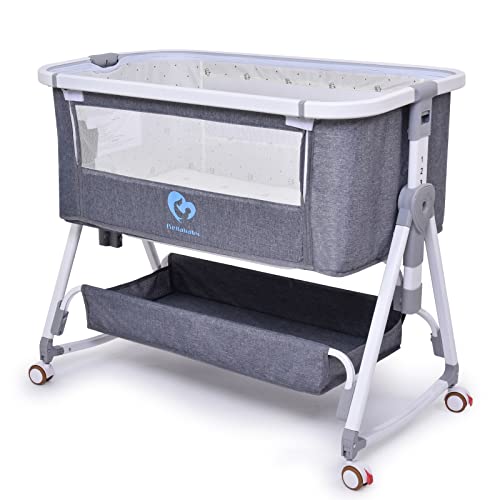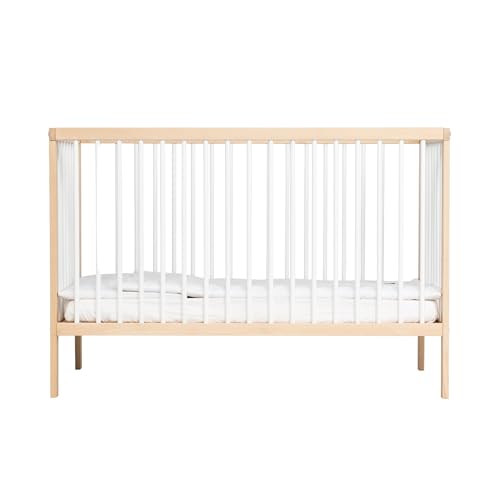 How to Choose a Sale Cot
How to Choose a Sale CotMortuary cots are a vital piece of equipment for funeral homes and hospitals. They enable staff to transport bodies safely and with respect. They also provide a hygienic and comfortable place to rest the body.
 COTS items play a critical role in the federal marketplace however they aren't easy to manage. This blog will explain how COTS items fit into GSA schedules and other regulations governing procurement in the government.
COTS items play a critical role in the federal marketplace however they aren't easy to manage. This blog will explain how COTS items fit into GSA schedules and other regulations governing procurement in the government.Cost-effectiveness
The use of commercial-off-the-shelf (COTS) products allows procurement agencies to gain efficiencies by purchasing items that are readily available from the marketplace. This saves development time and lowers cost of life. It also enables procurement agencies to reap the benefits of technological advancements and industry experience.
It is crucial to keep in mind that COT designations are subjective, and that different entities will interpret COTS items in different ways. This can be problematic for a manufacturer who relies on a uniform method to calculate government prices accurately. GPOs and wholesalers, for instance, usually have lists that are not the same as the list used by manufacturers to determine prices for government. A written SOP and a COTS Reference Library are crucial elements to apply an efficient and consistent method of distributing COTs.
Reliability
Sale cot is an important purchase for mortuary facilities. It must be durable and sturdy enough to withstand high-use. It should also be simple to set up and transport. The manufacturer should offer good customer service in the event of any after-sales issues. Also, take feedback from your staff before making the final decision. They will be the actual users of the cots and can tell you about the durability and reliability of the cots.
Wholesalers and GPOs often assign COT designations that don't align with the supplying manufacturer's list. This is due to a number of factors including changing business models, mergers and acquisitions. This creates challenges for consistent application of an unreliable lens to classify COTS.
Durability
The durability of sale cots is crucial as they must be able to withstand regular use and transport. Many funeral homes utilize these cots for displaying body remains, and they have to be strong enough to withstand the weight of the casket and other items placed on the top. Cots should also be resistant against corrosion and feature an easy-to-assemble, stable structure. It is also essential to choose a company that provides customer service and can help with any problems that may arise after purchase.
Solid wooden cots are the ideal choice for baby furniture because they're strong enough to last a long time, and less likely to contain harmful chemicals or toxic off-gassing, unlike composite materials such as MDF or chipboard. They're also more attractive than cheaper alternatives.
The Westport design by Silver Cross is a great option for those who want a cot and lounge chair in one. The cot is made from an extremely durable material, and has three levels of height that are suitable for infants who are growing. The instructions can be confusing, but this crib is worth it once you understand them.
The Helinox Cot One is the lightest cot available, but it's not as durable as the other models we've test. It's also more difficult to assemble, as it comes with a lot of parts. It's a very comfortable cot and a good option for backpackers. It weighs 14 ounces less than the Thermarest Luxury Lite or Sleep Rite.
Safety
If you offer cots, it is important that they meet the product safety standards. This is a crucial step to avoid injuries and deaths for children. This can be accomplished by asking your supplier whether their products have been tested independently. Request them to provide you with the results. You can also schedule your own tests.
It's crucial to verify the safety of your cot prior to letting your baby sleep in it, no matter if it's brand new or used. You should look for a certification of conformity from the manufacturer, and detailed labels and warnings. It should also be free of any sharp edges, protrusions, or gaps which could cause injury to a child's finger or leg. In addition, there should be no footholds within the cot that children could use to climb out.
When choosing a cot check that the mattress is flat and clean. It should be able to fit comfortably without any gaps, and the bottom edge of the lowest rail should not be higher than 30 millimetres from the base of the mattress. If the cot has an adjustable base, make sure that it is in its lowest position.
Also, make sure that the slats or filler bars are properly fixed and don't have tiny holes that could trap clothing. Also, there shouldn't be any nuts, bolts or corner posts sticking out over 5 millimeters that could catch a child's fingers and cause strangulation. Make sure the cot is not near curtains or blinds that could easily be snatched by small hands.
Finally be sure to look for a label showing that the cot has been tested according to the standards required by law and is in compliance with Australian Standards AS/NZS 2172:2003 Cots for household use-safety requirements. This is the only way to be sure that the cot you're purchasing is safe and suitable for sleeping. It is illegal for sellers, second-hand shops and antique stores to sell antique cots which don't come with certificates and labels.
While most designers and manufacturers strive to ensure that their products are safe, accidents may occur. Older cots that were used by children may not be safe standards and could be a danger of death from suffocation or ingestion of foreign bodies.






